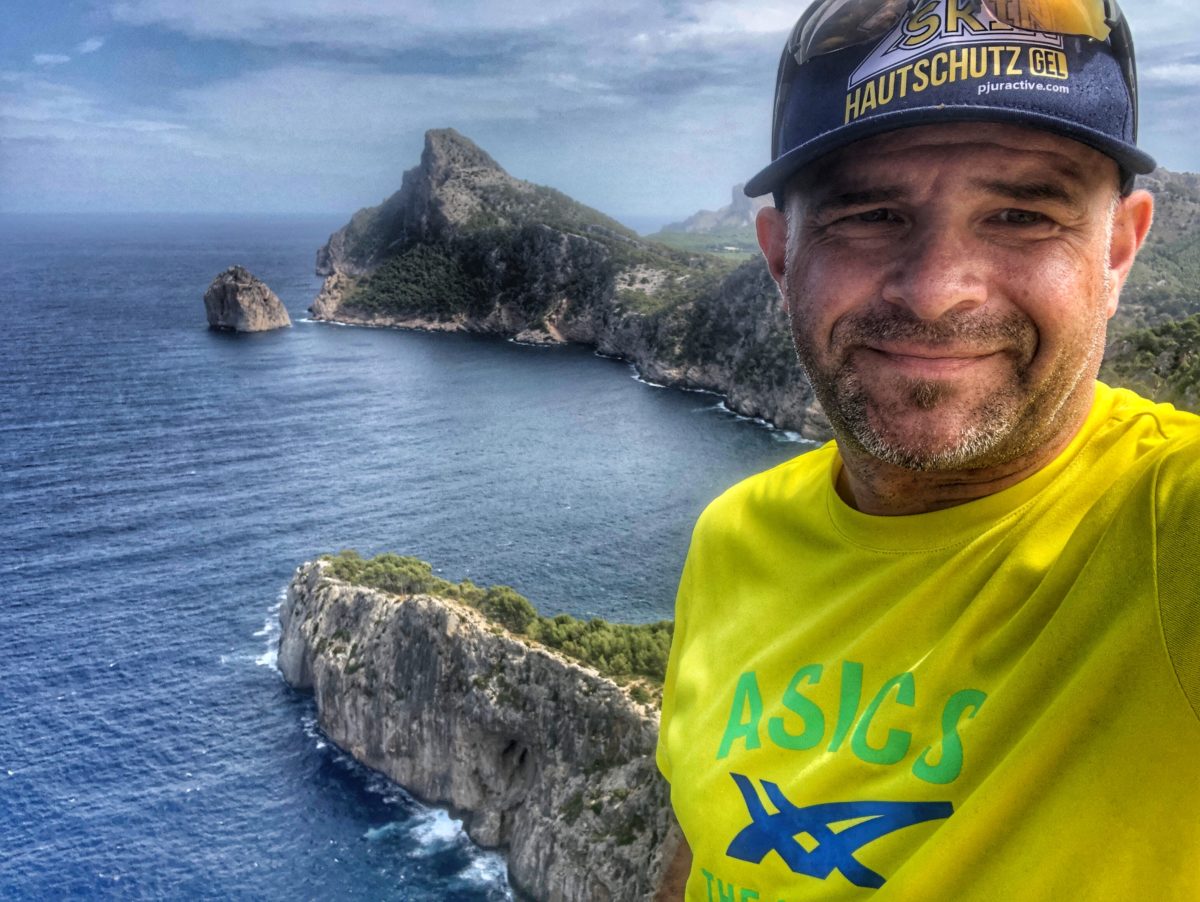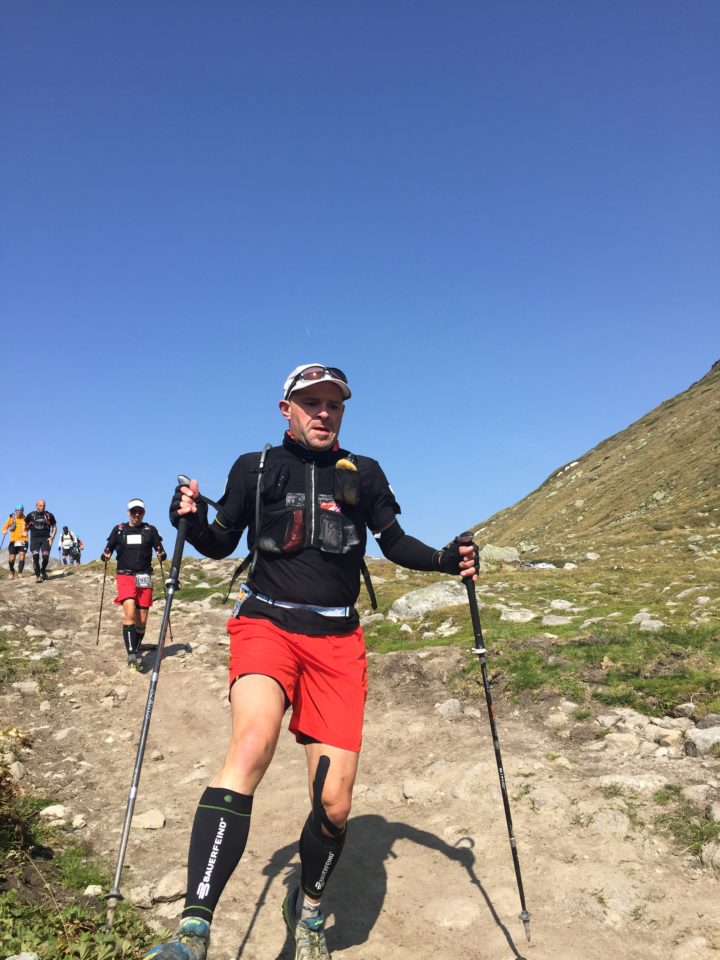
Trail running is another thing our brand ambassador Frank Bauknecht knows a thing or two about. He knows exactly what it takes – and in this article he reveals all.
First-hand knowledge – tips for you from Franky Bauknecht
You may already have noticed that trail running is becoming increasingly popular. In Germany, the number of running events and the numbers of participants are constantly rising. Trail running is already a popular sport in countries such as Spain, France, and England – and it looks like it’s going the same way in Germany. Most events are either ultra runs, are in mountainous terrain, or are multi-stage races. If you too are interested in trail running, you should know what you’re letting yourself in for.
What to expect from trail running
 Over hill, over dale, on small tracks (trails) and footpaths
Over hill, over dale, on small tracks (trails) and footpaths
- Trail running means leaving the tarmac behind. Immersing yourself in nature, on unpaved paths – and the narrower the better. Yet you need to be extremely careful here and be mindful of nature. Please don’t just crisscross through the countryside.
An alternative to road running that offers rich variety
- Compared with road running, trail running provides a great deal of variety. The running itself is very varied, of course, and then there are the views, the experience of being immersed in nature, and the emotions you feel.
Trail running is extremely demanding, and usually over the course of several hours as runs tend to be ultra races or multi-stage races
- Your body takes a real punishing – on the one hand due to the length and conditions of the course, but also as a result of the altitude, the at times thinner air, the demands of running downhill, and the corresponding calorie consumption and fluid loss over long periods of time.
Extremely good resilience is called for, as well as the ability to regenerate
- Due to the high demands placed on the body, you need to be extremely resilient. Body tension and power also play a very important role. Resilience also involves having the ability to regenerate. In multi-stage races, the body must be able to regenerate quickly. How quickly and effectively the body is able to replenish its energy stores is also crucial. The right nutrition plays a key role before, during, and even after the event.
A good running technique, especially downhill
- Our body, our joints, and our tendons are not used to running downhill for a long time. This is where difficulties occur most often in trail running. You should work on your running technique in particular and make sure you’re well prepared.
Variation in running style, forefoot/hindfoot, big/small steps, powerful push-off
- The terrain is constantly changing when you’re trail running. A uniform running style is inconceivable. So it’s all the more important to vary the way you run. You can prepare by doing some targeted basic running exercises or completing a comprehensive running course. You can pick up a few suggestions from my latest article here on the pjuractive blog. However, whenever you’re training, always try to incorporate and practice a variety of running styles.
Just a little taster of what makes trail running so different, yet at the same time so demanding. In my next article, I’ll give you a few tips for running off the beaten track so you’ll be able to get started in no time.
Thanks for the helpful information, Franky ? We look forward to reading your next article.
Source: SPORT education/events, Frank Bauknecht